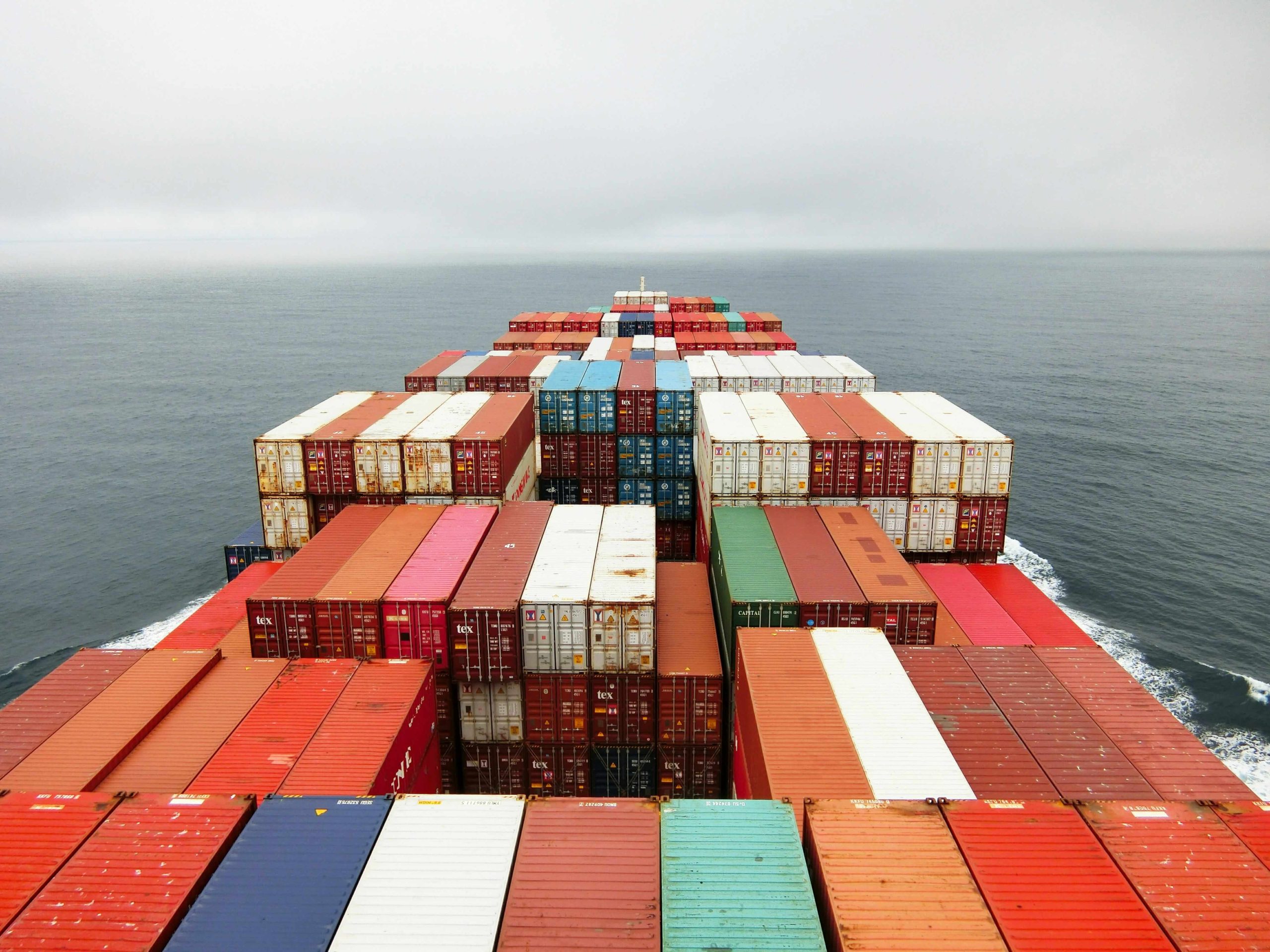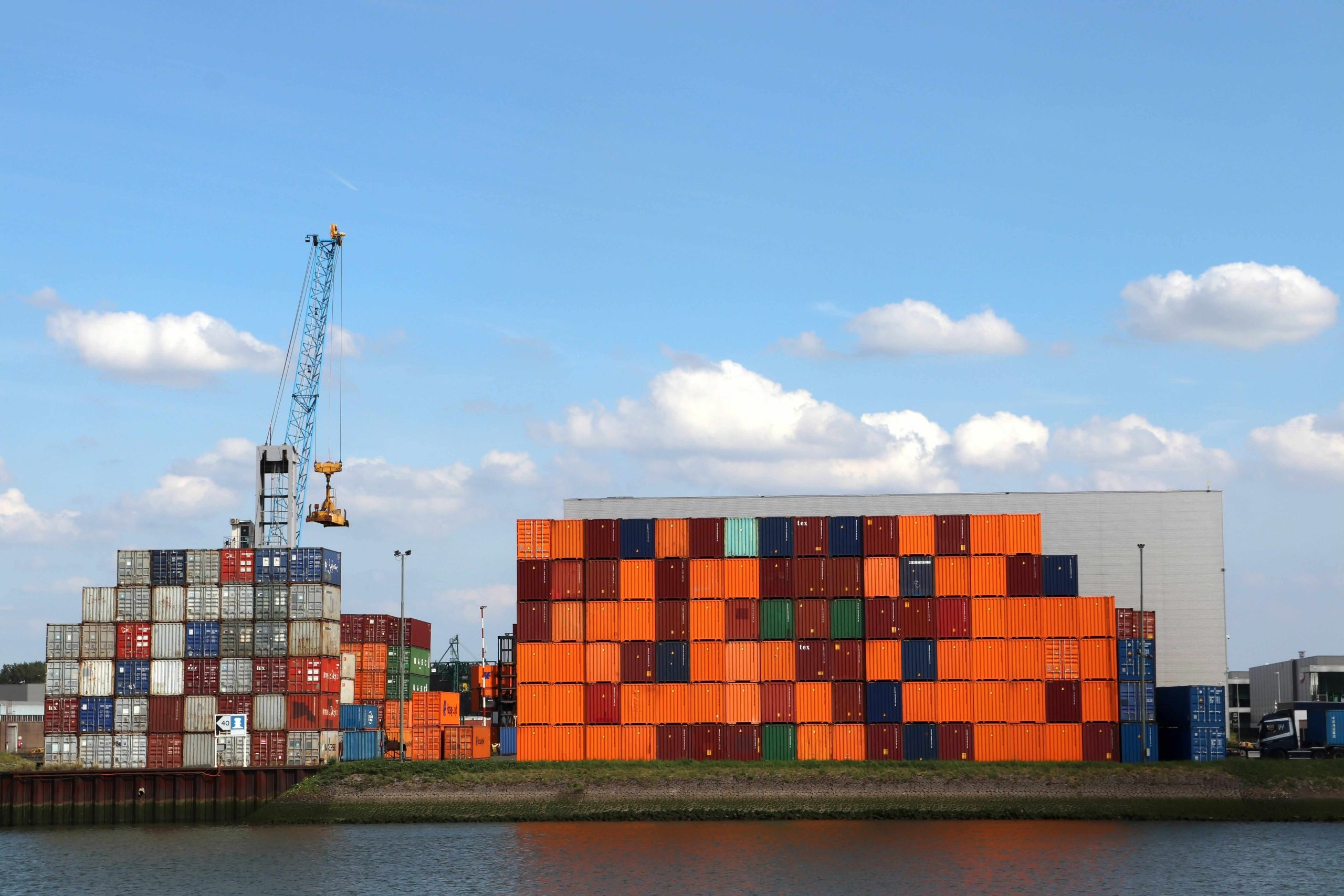
In global commerce, clarity and transparency are the very basis on which transactions take place. One of the key components of any international shipping agreement is the Incoterms, which refers to trade terminology established by the International Chamber of Commerce (ICC). Incoterms set out who’s responsible for what during shipping, including who will pay for freight charges and insurance, as well as who is to bear the maximum risk if things don’t go as intended. (Also, learn more about the differences between FCL and LCL shipping in international trade.)
Among the most popularly utilized Incoterms in sea freight are CIF, FOB, and CFR. Each of these terms proposes a different compromise of cost, control, and risk between the seller and buyer. It is imperative to understand the subtleties between these terms so that trade decisions can be made with a sound cost-benefit analysis.
Let’s dissect the major discrepancies between CIF and its close relatives, FOB and CFR, to help importers and exporters crack their trade deals.
What is CIF?
CIF, an acronym for Cost, Insurance, and Freight, is an Incoterm specific to maritime trade that imposes a significant burden on the seller who has to account for the following;
- The cost of the merchandise
- Freight charges to the port of destination
- Marine insurance
However, risk passes to the buyer after the goods are loaded onto the ship at the port of shipment. That is, although the seller undertakes shipping and insurance costs, the buyer bears the risk once the goods are in transit.
CIF is mainly reserved for big transactions where buyers prefer a “hands-on” approach and the seller handles logistics until it arrives at the port.

CIF vs. FOB: Who Is in Charge?
Under FOB or Free on Board terms, the seller’s responsibility for the goods ends once they are loaded onto the ship preferred by the buyer. It is the buyer on whom falls the burden of corresponding costs, insurance, and contingent risks. Here is a breakdown of how ownership is distributed in each of these trade arrangements;
1. Insurance
In CIF, the seller has to organize the insurance process, typically minimum level of cover, whereas the buyer oversees and pays for insurance in an FOB contract.
2. Freight Control
In CIF, the seller gets to choose the carrier, giving them control over the entire shipping process. In the case of FOB, the purchaser selects the carrier and thus exercises greater control over transportation.
3. Risk Transfer
For both CIF and FOB, risk is transferred at the port of shipment when goods are on board. However, CIF requires the seller to pay for freight and insurance even after risk transfer.
A major drawback of CIF is that it deprives buyers of control over which freight forwarder or insurance company the seller uses. This can lead to increased expenses or inadequate coverage.
CIF vs. CFR: An Issue of Insurance
CFR is quite similar to CFR, with the only exception that the seller is not incumbent to pay for insurance.
In a CIF arrangement, the seller covers the entire cost, including freight, as well as minimum insurance.
In CFR, the seller covers initial cost and freight only, and the buyer has to secure insurance separately.
While this reduces upfront costs, buyers must factor in how DDC affects shipping costs, since destination fees can significantly increase total expenses.
When to Use CIF vs. CFR
CIF is ideal for importers or buyers who have just started out in international shipping and don’t want to go through the hassle of arranging for coverage on their own.
CFR is a sought-after choice among the more experienced buyers who want to leverage insurance to their advantage and can confidently handle claims if a deviation occurs.
Key Differences: CIF, FOB, & CFR Compared

Selecting the Right Shipping Term for Your Business
Choosing between CIF, FOB, and CFR comes down to your risk tolerance capacity and how experienced the seller is in global trade, and what his logistics capabilities are.
CIF works best if;
- You’re an importer seeking easy-to-follow shipping procedures.
- You expect the seller to take care of the logistics all the way to the destination port.
- You’re shipping to an area of high risk, making insurance imperative to recover any losses.
FOB is well-suited if;
- You desire control over freight costs and insurance companies.
- You have access to better freight forwarders or bulk freight rates.
- You’re self-consistent in handling the logistics chain.
Opt for CFR if:
- You desire the seller to arrange for freight but retain full control over your insurance.
- You know, you might need to rely on insurance claims, or you prefer a more comprehensive insurance than that offered by the seller.

Conclusion
Terms like CIF, FOB, and CFR are similar in that they have to do with ocean shipping and risk passing at the port of shipment. The difference consists in their respective financial and logistical considerations. CIF has been designed as a turnkey answer, but it restricts buyer control, while FOB provides buyers complete logistical flexibility at the expense of additional responsibility.
In stark contrast, CFR strikes a middle ground between the two, including freight control, but is devoid of insurance protection. Choosing the right Incoterm isn’t just a matter of ticking the right box but a strategic decision that can potentially affect your bottom line, risk exposure, and ultimately supply chain efficiency.
If you are looking for authoritative guidance, refer to the ICC’s Incoterms® 2025 guide to ensure your contracts reflect the latest international standards.

